
Tamarind is one of those magical ingredients that quietly transforms Thai dishes with its deep, more rounded sour complexity. The tamarind tree, common across Asia, produces large brown pods filled with sticky pulp wrapped around shiny seeds. This pulp is what we use in cooking. Unlike the sharp, direct sourness of lime, tamarind offers a rounded, layered tang with subtle fruity notes and a mellow sweetness that balances beautifully in sauces, curries, and dressings. In Thai cuisine, tamarind water is a pantry essential—used in peanut sauce for satay, refreshing dressings, and countless traditional dishes. Making it at home is simple, and the result is fresher and far more vibrant than store-bought versions.
Equipment you will need
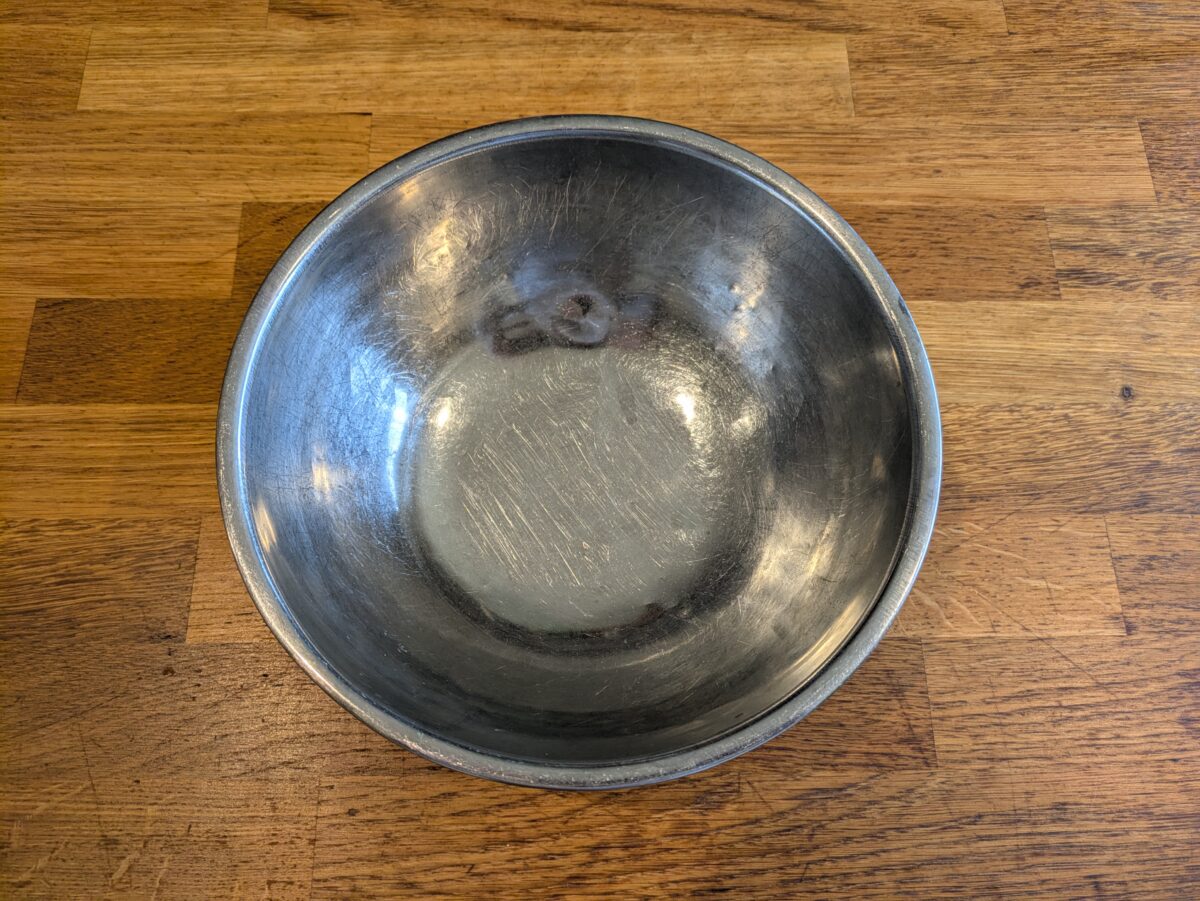
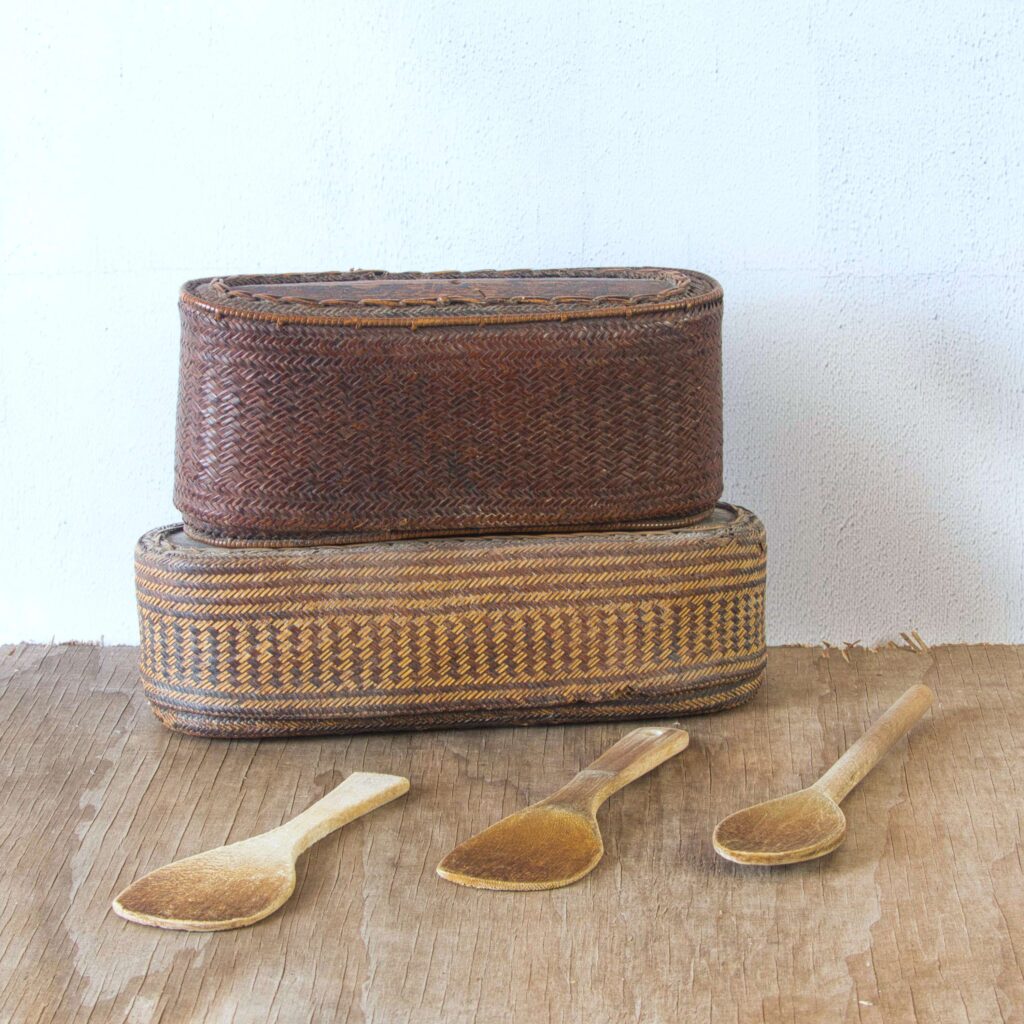

🥣 Bowl for Soaking Tamarind Pulp
Choose a medium or large heatproof bowl to soak the tamarind pulp. This gives it enough room to expand and makes stirring easier while the pulp softens in warm water.
🔹 Strainer or Sieve
A fine-mesh strainer is ideal for separating the softened pulp and seeds from the liquid. It ensures you’re left with a smooth, seed-free tamarind water ready for cooking.
🥣 Small Bowl for Collecting Tamarind Water
Have a clean bowl on hand to catch the strained tamarind water. This keeps things tidy and makes measuring or pouring into recipes simple.
🥄 Wooden Spoon
A sturdy wooden spoon helps break up and mash the tamarind pulp as it soaks, releasing maximum flavor and making straining easier.
Ingredients required
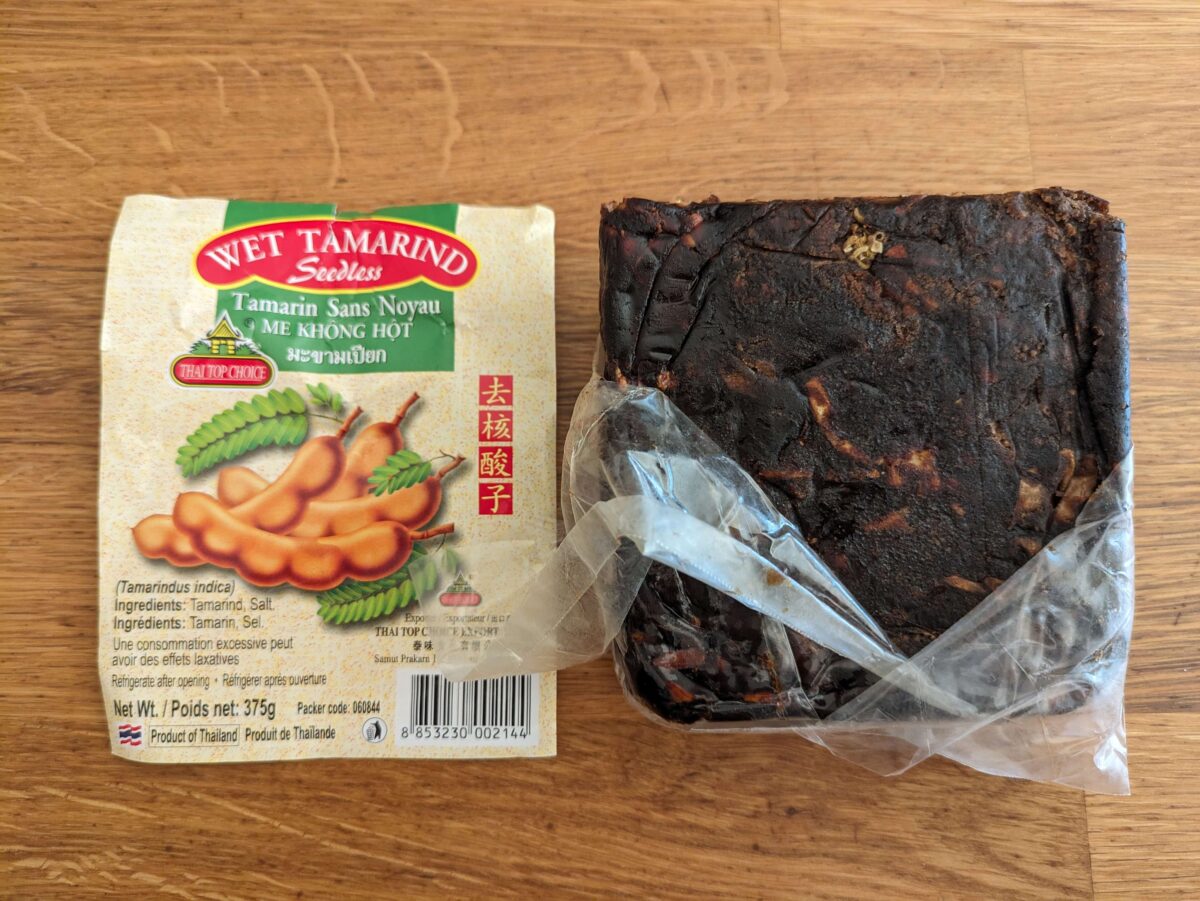
🌿 Tamarind Pulp (or Tamarind Block)
The dried pulp from tamarind pods — sticky, tangy, and naturally sour-sweet. This is the base ingredient that gives the water its distinctive flavor.
💧 Warm Water
Softens the tamarind pulp, helping it release its sour, fruity juices into the liquid. Warm water speeds up the process compared to cold.
How to make your Tamarind water
📝 How to Make Tamarind Water
Step 1 — Measure and Break Up the Tamarind Pulp
Use about 1 part tamarind pulp to 6 parts warm water (for example, 50 g tamarind pulp to 300 ml water). Break the pulp lightly with your fingers or a spoon to expose more surface area.I usually use a knife to cut the pulp into smaller pieces.
Step 2 — Add Warm Water
Pour the warm water over the pulp. Let it sit for 10–15 minutes to soften.
Step 3 — Mash and Stir
Using a wooden spoon, press and mash the pulp into the water, releasing the rich, sour juices. Continue until the pulp feels loose and dissolved.
Step 4 — Strain the Mixture
Pour the tamarind mixture through a fine-mesh strainer set over a clean bowl. Use the back of the spoon to press through as much liquid as possible.
Step 5 — Discard the Solids
Remove seeds and fibrous bits left in the strainer. You should be left with smooth, dark tamarind water.
Step 6 — Store or Use ImmediatelyUse the tamarind water straight away in your Thai recipes or refrigerate in a covered container for up to 3–4 days.
❓ Frequently Asked Questions about Tamarind Water
Got questions about tamarind water? You’re not alone! Whether you’re new to Thai cooking or just curious about this tangy staple, these quick answers will help you make, store, and use tamarind water with confidence.
Q: What is tamarind water?
A: Tamarind water is a liquid made by soaking tamarind pulp in warm water, then straining it to create a smooth, tangy base used in Thai sauces, curries, and dressings.
Q: What ratio of tamarind to water should I use?
A: A good starting point is 1 part tamarind pulp to 6 parts warm water. This gives a balanced tang. You can make it stronger or weaker depending on your recipe.
Q: How long does tamarind water last in the fridge?
A: Stored in a sealed container, it will keep for about 3–4 days in the refrigerator. Give it a stir or shake before using.
Q: Can I freeze tamarind water?
A: Yes! Pour it into an ice cube tray and freeze. Pop out a cube whenever you need a splash of tangy flavor.
Q: Is tamarind water the same as tamarind paste?
A: Not exactly. Tamarind paste is thicker and more concentrated, while tamarind water is lighter and more pourable. You can make a paste by using less water or cooking it down.
Q: Can I adjust the sourness?
A: Absolutely. Use less water for a more intense flavor, or add a pinch of sugar or salt to balance the tanginess.
Q: What recipes use tamarind water?
A: It’s common in Thai peanut sauce for satay, pad Thai, sour curries, soups, dipping sauces, and refreshing salad dressings.
Tamarind water is one of those simple kitchen staples that quietly elevates your cooking. With just a few minutes of soaking, mashing, and straining, you can create a fresh, tangy base that adds depth and balance to countless Thai dishes. Whether you’re whisking it into a salad dressing, stirring it into a curry, or blending it into a peanut sauce, homemade tamarind water delivers a cleaner, brighter flavor than anything store-bought. Once you’ve made it yourself, it’s hard to go back — and your Thai recipes will thank you for it.
💬 Have you tried making tamarind water at home? Share your tips, favorite dishes, or any questions in the comments below — I’d love to hear how you use it! And if you enjoyed this recipe, don’t forget to subscribe to my blog for more Thai cooking tips and recipes straight to your inbox.


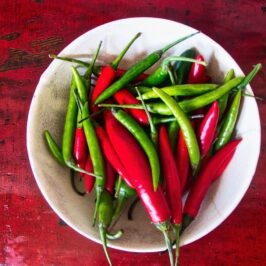



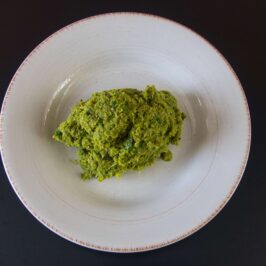
Leave a Reply